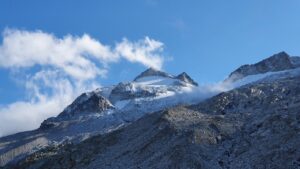Abstract/Description
Cities and their networks play a significant role in spatial development. This holds true for settlement systems in general, and there is no reason that this should differ in mountain contexts. However, research on this subject is scarce, and it remains a relatively niche topic. Against this background, our paper presents a scoping review of settlement systems in mountain regions, reflecting on thematic foci, temporal developments, and regional differences in the global scientific debate. The results show that the scientific discourse has been a rather Eurocentric debate of modest intensity for several decades. The discussion has become more intense in the past decade because of a substantial number of contributions on Asia. Our findings suggest that the current academic debate does not fully address the potential of settlement systems for sustainable spatial development in mountain areas. Recent articles have been predominantly based on improved data availability and methodological innovation, often in the form of case studies. We conclude that a significant research gap exists in terms of comparative perspectives on settlement systems in mountain regions.


